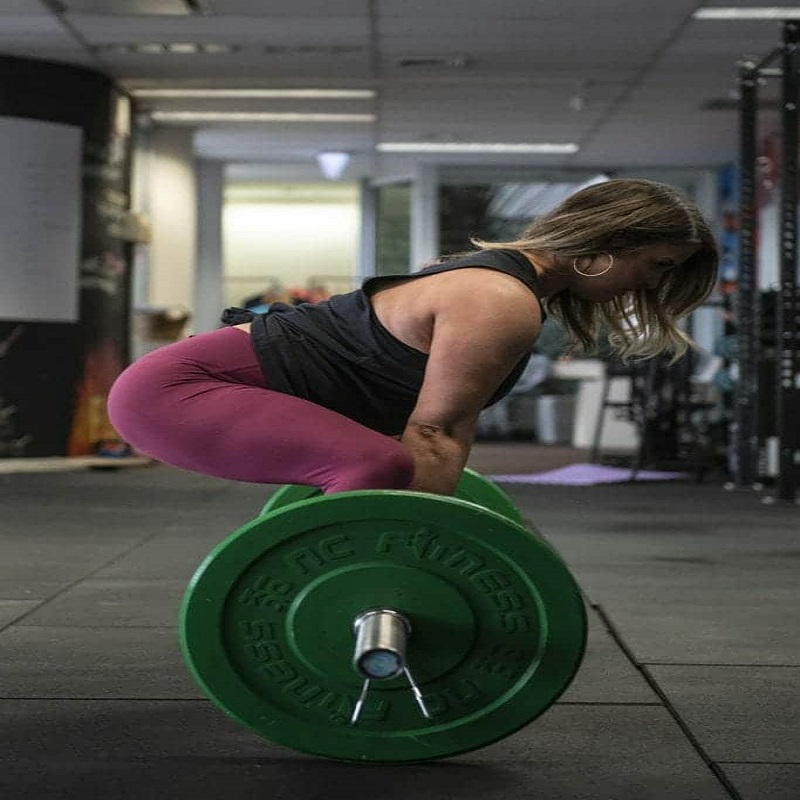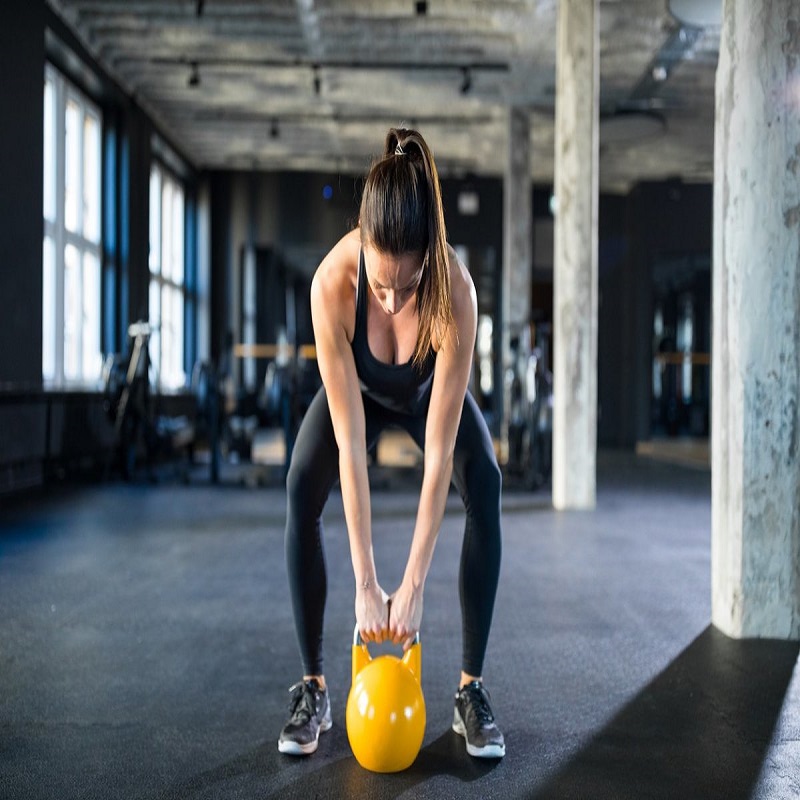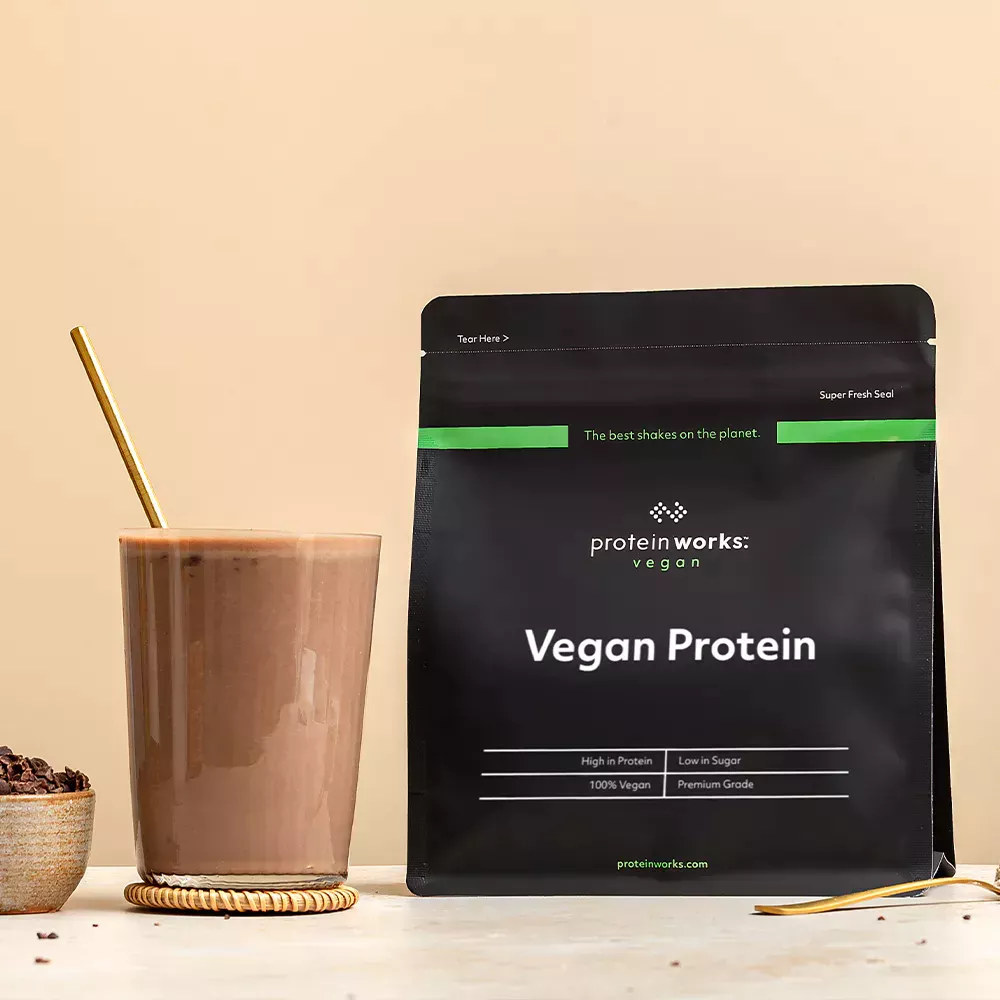Have you ever looked down at your arms and wondered, “Why are my forearms so skinny?” If toothpick-thin wrists and forearms are cramping your street cred, don’t worry – you’re not alone. Many people, regardless of their overall build, deal with disproportionately slim lower arms. While some embrace leur baguette-like forearms, others wish for more size and definition in this area. But what exactly causes skinny forearms, and is there anything you can do to bulk them up? Let’s explore the factors behind thin radius and ulna in 2024.

It’s All in the Genetics
Why are my forearms so skinny? For many folks, the biggest culprit behind skinny forearms is quite simply genetics and natural body composition. You can thank (or curse) Mom and Dad for passing along the tendency for a slimmer overall frame and narrower wrist/forearm circumference. Bone structure plays a huge role here – if your forearm bones are thin forearms and lightly muscled, adding significant size will be an uphill battle.
Ectomorphs and other slim-boned individuals frequently struggle to build lower arm mass no matter how much they train those areas. Their genetically-skinny muscular bellies simply don’t have the same growth potential as those born with thicker arm bones and attachments. Life’s not fair, we know.
That said, genetics don’t automatically doom you to skinny girls forearms forever! With the right training strategies, you can maximize the arm growth potential you were given.
Body Fat Also Plays a Role
Why do i have skinny forearms? Beyond just the bone structure factor, another potential reason for skinny fat forearms comes down to overall body composition and fat distribution. Those with very low levels of body fat tend to have more prominent musculature and vascular definition. But that cuts both ways – lower overall body fat means less insulation in the form of adipose tissue to “fill out” the arms.
If your goal is bulkier bis and tris but you’re holding very little body fat, the forearms may consequently look and feel more slender. In these cases, the arms aren’t necessarily “skinny” – they simply lack the overall mass that comes with higher body fat levels. Forearms often look more filled out and bigger at higher body fat percentages as fatty tissue accumulates between the muscle bellies.
Of course, excessive body fat can eventually obscure muscle definition. But holding just a little more total mass from fat may be all it takes to give slender forearms a bit more size if that’s your goal.

Muscle vs. Tendon Makeup
It’s important to understand the actual muscle makeup of the forearms to see why “growlth” can be so stubborn here. The forearms are comprised of two main muscle groups:
Forearm Flexors – This group on the bottom of the forearm allows you to bend your wrist and fingers toward you via muscles like the flexor carpi radialis, brachioradialis, and palmaris longus.
Forearm Extensors – Running along the top of the forearm, these muscles like the extensor carpi radialis longus extend and straighten the wrist and fingers outward.
However, while visible, these muscles contain far more tendon than the larger muscle bellies in the biceps and triceps. More tendon means less overall potential for substantial growth in the forearm area. Even with intense, focused training, the best you can hope for is a moderately larger pump and peak.
Add in the fact that many people favor training larger muscle groups like back, chest, and legs, and it’s no surprise the forearms are often overlooked. Without intentional dedication, skinny fingers are practically inevitable.
Train Smarter for Forearm Growth
If you were shortchanged on arm genetics, all hope is not lost for packing some size onto those twigs! Strategic training focused specifically on the forearm musculature can eke out every inch of growth potential. You simply need to make forearms a priority rather than a weight room afterthought.
When programming forearm work, experts recommend higher rep ranges with lower weight for buildling muscle fiber density.
Go for 3-4 sets of 15-20 reps on exercises like:
- Wrist Curls – Over a bench or seated, using dumbbells or a straight bar.
Reverse Curls – Hit the forearm extensors with this biceps variation.
Farmer’s Walks – Load up and walk as far as possible, focusing on squeezing the handles.
Zottoman Curls – An extended range preacher curl variation targeting the brachioradialis.
Towel Pull-Ups – Loop a towel over a pull-up bar and grip hard as you pull your body up.
Additionally, don’t forget about gripping exercises! Simply squeezing hand grippers or working the open and close wrist/finger motion can spark serious forearm growth. Be sure to also actively flex the forearms during bi’s and tri’s to maximize fiber contraction.
If you struggle to feel the “burn” in those skinny guys forearm muscles, consider using tools like fat grip attachments on barbells or dumbbells. The wider grip engages more muscle fiber and stimulates new growth you wouldn’t get from just gripping normally.
At the end of the day, bulking up skinny forearm appendages requires highly targeted training with plenty of volume, proper form, and progressive overload over time. With sheer dedication, you can finally bid farewell to broomstick forearms!
Supporting Muscle Growth From Within
How do you increase the size of skinny forearms? While training is key, some other supplemental factors can also aid or hinder your arm growth efforts:
Proper Nutrition
For maximal muscle protein synthesis and growth stimulus, prioritize adequate protein, healthy fats, and calories to put your body in a slight calorie surplus.Vitamin D supplementation may also boost hypertrophy for lackluster limbs.
Active Recovery
Don’t underestimate the importance of rest and recovery allowing the muscles to rebuild and recuperate between intense training bouts. foam rolling, stretching, and massage also improve nutrient delivery to forearm tissues.
Avoid Muscle Wasting
For stronger forearms, steer clear of excessive alcohol and tobacco use. Both can impair muscle regeneration rates and restrict oxygen delivery to muscles you’re trying to grow.
Creatine Supplementation
For gaining forearm size and strength, creatine monohydrate creates an anabolic environment priming your muscles to pack on mass when trained heavily.
Some ardent “level grinders” even utilize forearm growth aids like Blood Flow Restriction (BFR) cuffs or focuses massage tools with moderate success. At the end of the day, your commitment to fully developing and strengthening the forearms will pay off with impressive circumference gains you can finally be proud of.
Things to note when losing weight and exercising
Why is my wrist so skinny? Embarking on a weight loss and fitness journey requires dedication, commitment, and awareness of important considerations. Whether your goal is to shed excess pounds or improve overall health and well-being, achieving sustainable results requires a balanced approach.
Setting Realistic Goals:
- Understand Your Body and Health:
Before embarking on a weight loss journey, it is crucial to understand your body type and overall health. Consult with a healthcare professional to determine a healthy weight range and discuss any pre-existing health conditions that may impact your approach to weight loss. - Set Attainable Goals:
Establish realistic and achievable weight loss goals based on your individual circumstances. Aim for gradual and sustainable weight loss of around 1-2 pounds per week. Focusing on long-term lifestyle changes rather than quick fixes will ensure lasting results.
Creating a Balanced Diet:
- Opt for Nutrient-Dense Foods:
Focus on consuming nutrient-dense foods that provide essential vitamins, minerals, and macronutrients. Include plenty of fruits, vegetables, lean proteins, whole grains, and healthy fats in your diet. Limit processed and sugary foods, opting for natural and unprocessed options whenever possible. - Practice Portion Control:
Be mindful of portion sizes to maintain a healthy calorie balance. Use smaller plates and bowls to help control serving sizes. Practice intuitive eating by listening to your body’s hunger and fullness cues. Incorporate a variety of food groups to ensure a well-balanced meal plan.

Exercise and Physical Activity:
- Choose Activities You Enjoy:
Find physical activities that you genuinely enjoy, as this increases the likelihood of sticking with an exercise routine. Whether it’s dancing, swimming, hiking, or weightlifting, incorporating enjoyable activities will make the fitness journey more sustainable and enjoyable. - Aim for Consistency:
Consistency is key when it comes to exercise. Aim for at least 150 minutes of moderate-intensity aerobic activity or 75 minutes of vigorous-intensity activity per week. Include strength training exercises at least two days a week to build lean muscle mass and enhance metabolism.
Mindset and Well-being:
- Foster a Positive Mindset:
Maintain a positive mindset throughout your weight loss and fitness journey. Celebrate small victories and track progress beyond just the number on the scale. Focus on the overall improvement in health, increased energy levels, and enhanced confidence as markers of success. - Prioritize Sleep and Stress Management:
Adequate sleep and stress management are crucial for effective weight loss and overall well-being. Aim for 7-9 hours of quality sleep each night to optimize hormone regulation and support energy levels. Incorporate stress management techniques such as meditation, yoga, or deep breathing exercises to reduce stress-related behaviors like emotional eating.
Why are my forearms so skinny? So don’t resign yourself to a life of pencil-thin forearms – they’re simply an opportunity to sculpt a new, muscular physique! With the proper training mindset, program, and lifestyle adjustments, you can say farewell to scrawny wrists and hello to bulging lower arm size that demand respect. Your forearms no longer have to be the lagging weak link in your routine. Unleash their full growth potential starting today!




